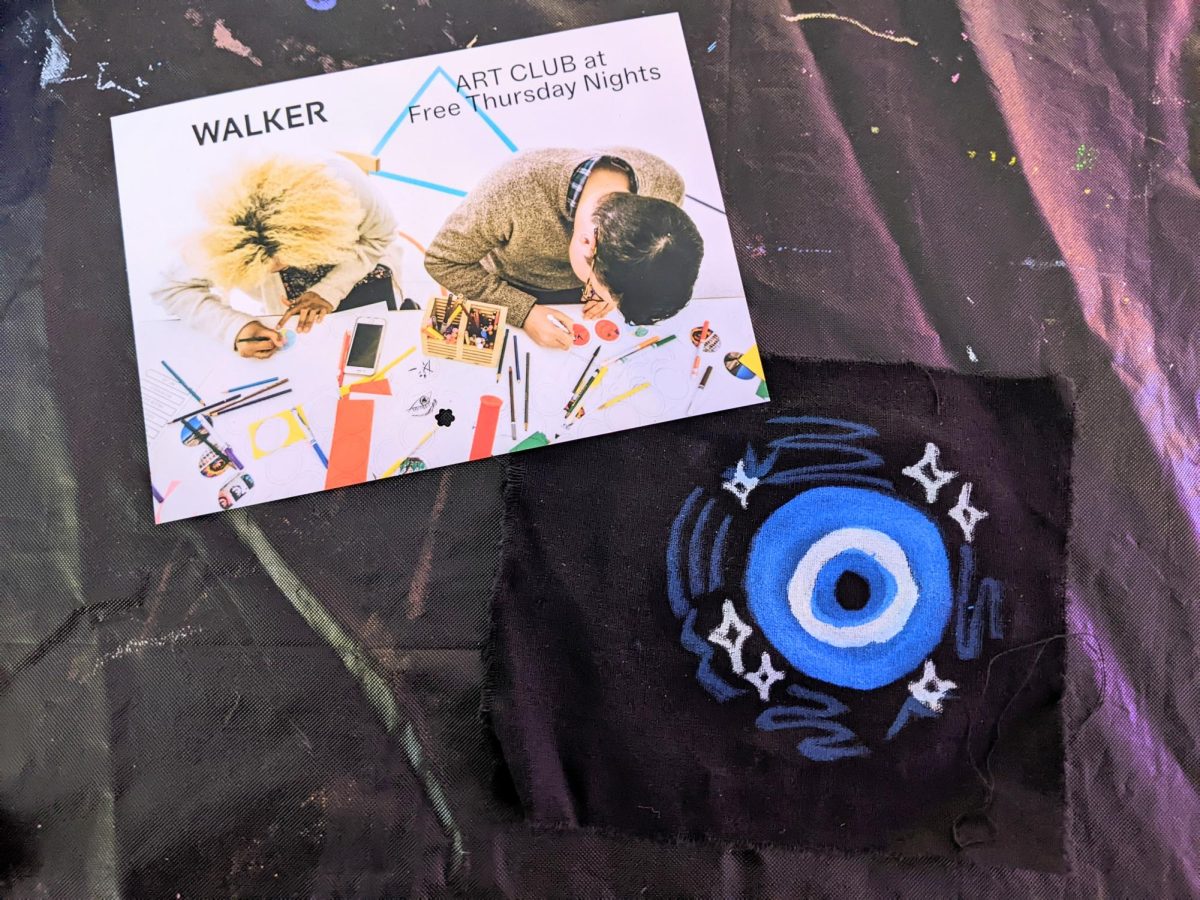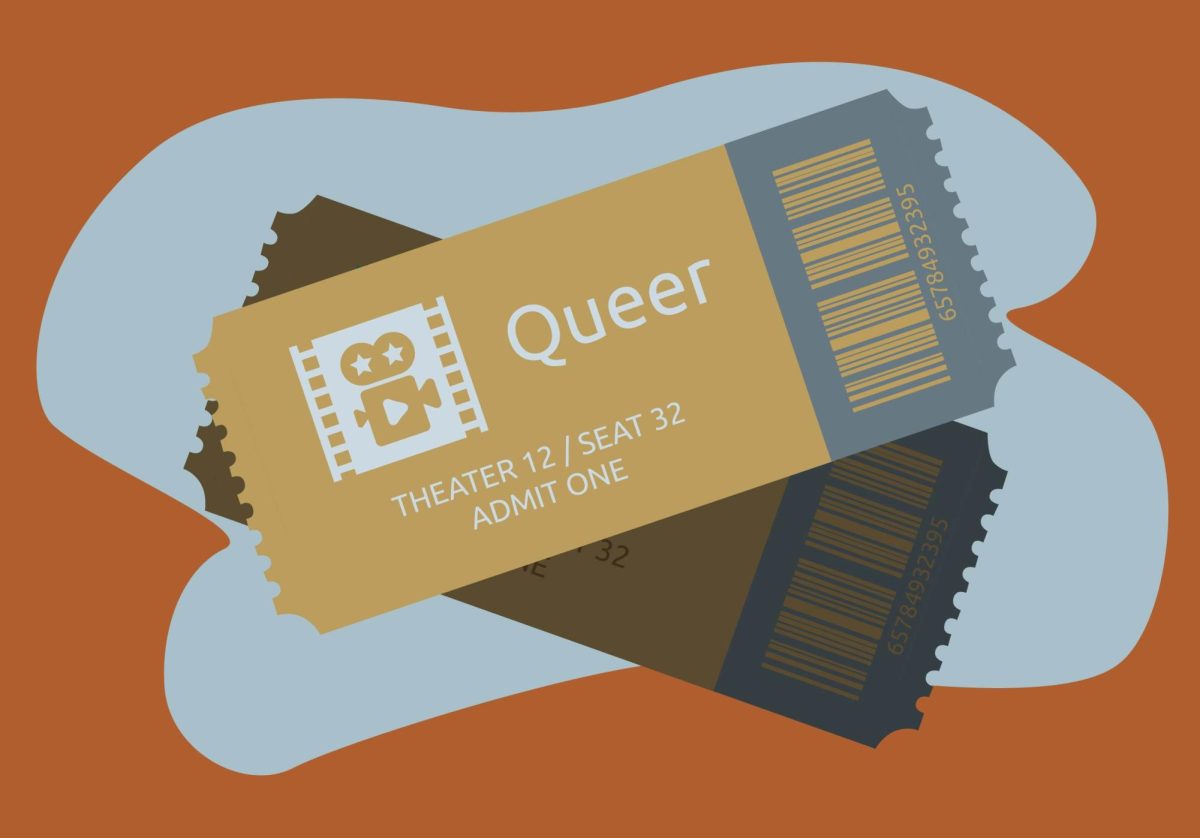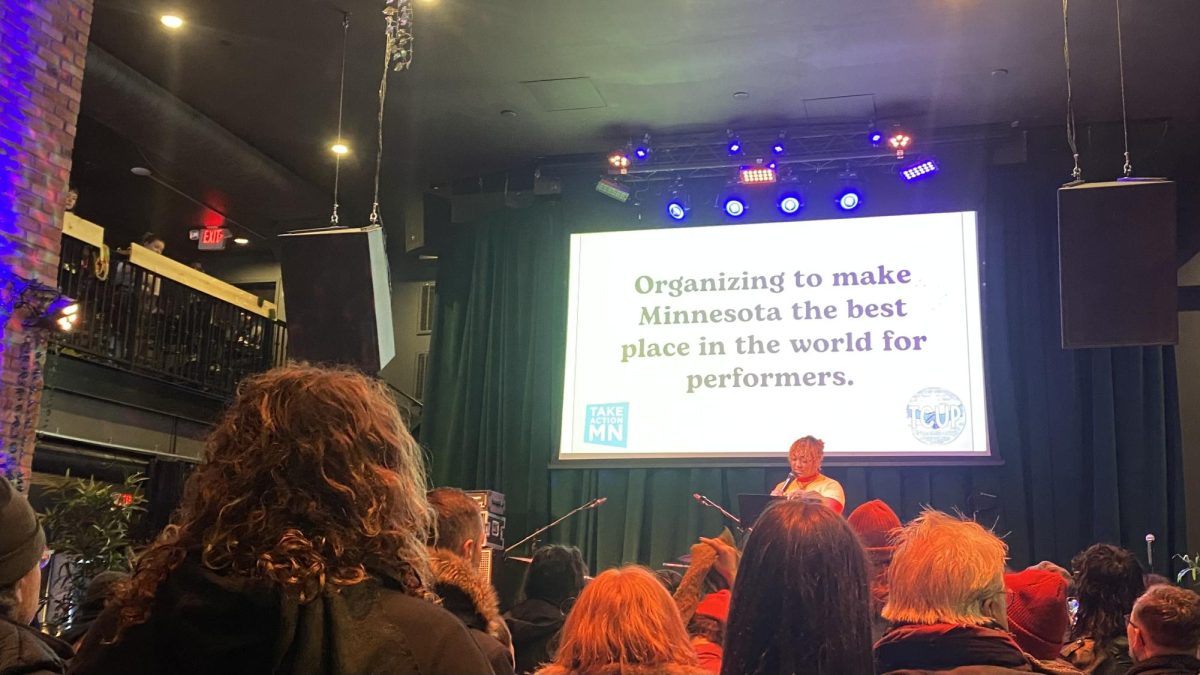These days, if you write to a celebrity expecting a personal reply, you will probably find yourself out of luck.
That wasn’t the case in 1978, when Dave Fantle and Tom Johnson wrote a letter to Fred Astaire in hopes of being able to meet him. Their dream came true, and the St. Paul boys were off to Tinseltown to meet the classic film star who was in the twilight of his career.
Fantle and Johnson feel that they “did something that was not done before, and probably hasn’t been done again” by interviewing stars of the classic films while they were reporters for The Minnesota Daily’s A&E section. The interviews they conducted appeared in a column that they called “Entertainment Ltd.” Though they did not quit their day jobs in favor of the star-chasing business (as Astaire had shrewdly warned them not to) their earnest efforts to meet and greet the greatest stars of the big screen did not end after their stint at the Daily.
“Reel to Real” is a collection of about 60 of Fantle and Johnson’s interviews with big Hollywood stars such as Gene Kelly, Gregory Peck, Lucille Ball, William Shatner, Bob Hope and many others. Their first two interviews with Astaire and Kelly opened up the doors to other celebrities for the youngsters.
Fantle and Johnson admit the way they score interviews now has definitely changed since they first started out – sending a letter with a self-addressed stamped envelope for a reply. Nowadays, they feel it is important to be part of an established publication to get the coveted interviews that few stars are willing to give. These are no longer set up by the stars themselves but by their publicists. Scoring interviews has also been harder because today’s big-name stars have become disenchanted with constantly being under the media’s microscope. Fantle and Johnson say the “societal obsession with the media’s uncensored encroachment on (stars’) personal lives” makes them not as receptive to fans. They contrast that with the old days when stars “expected and wanted to do it; it was part of their job.”
Hollywood in its very nature has also changed a great deal since the days of the musical classics. Fantle and Johnson feel that there are still good movies and actors out there; Fantle cited Sean Penn as an example, but they wish that more college students would watch the old classics as they are “pure entertainment and fun.” They think that cinema today would be better if there wasn’t as much focus on opening-weekend box office numbers. Also, they would prefer if stars today were “groomed for staying power” as they were in the old days, when studios trained and kept stars for their whole career.
In 1978, Fantle and Johnson set out to introduce a whole new generation to black-and-white classics, and their new book, “Reel to Real: 25 years of celebrity profiles from
vaudeville to movies to TV,” would be a delightful read if this generation had also been exposed to those films. Unfortunately, with cheap video and DVD rentals having eclipsed the Saturday afternoon matinees on television, today’s students might not have the necessary background knowledge to appreciate this book, despite its engaging conversational style.







